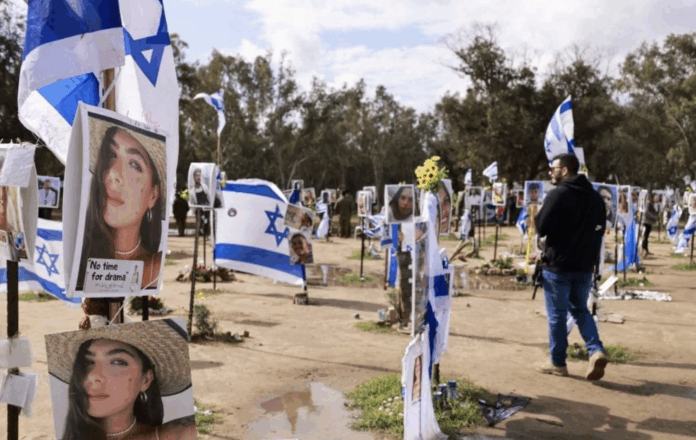As Israel marks the second anniversary of the 7 October 2023 onslaught, the memory of the Nova festival massacre remains raw: over 370 people were murdered that morning, dozens kidnapped, as revelers danced to the sunrise. On Tuesday, grieving Israelis returned to the site in the Negev desert — some carrying portraits, others silent, all bound by a collective trauma that refuses to fade.
The Horror at Nova: Facts, Witnesses, Heroes
The Nova (Supernova / “Tribe of Nova”) festival, held near kibbutz Re’im in southern Israel, was attacked at dawn as part of the larger Hamas offensive. The militants used motorcycles, trucks, and even powered paragliders, encircling the festival grounds and firing at those fleeing.
Official tallies place the death toll at 378 people (344 civilians, 34 security personnel) and 44 taken hostage. As of mid‑2025, about 14 hostages remain in captivity, and several bodies have been confirmed held in Gaza.
The violence was indiscriminate and brutal: many victims were shot as they hid, some were executed at point blank range, others were abducted; reports emerged of rape and sexual violence.
Among the stories of horror also emerged acts of heroism. One name often invoked is Aner Elyakim Shapira, a young Israeli who, while hiding in a shelter, reportedly threw back grenades lobbed by attackers in order to save fellow festivalgoers — an action that likely spared several lives. He died in the blast, but his courage turned him into a symbol.
The Return to Re’im: Rituals of Remembrance and Resistance
At 6:29 a.m., the exact minute when the attack began, attendees at the memorial fell silent. The festival grounds have since been transformed into a memorial field: portraits affixed to slender stakes, wild red anemones planted at victims’ feet, candles flickering, Israeli flags fluttering in the dry desert wind.
Families come from afar. Mothers clutching framed images of children, friends hugging in shared grief. Some survivors, who wandered the land in a daze two years ago, now return to confront a void: “We live with this trauma every day,” one young man told journalists, his face set in lines older than his years.
In Tel Aviv, 30,000 people gathered for a national memorial in Yarkon Park. Burned vehicles from the attack, displayed as relics, set the stage.
Even beyond Israel’s borders, the ripples echo. In South Boston, an exhibition recreated the massacre site — tents, scorched cars, personal objects strewn as silent witnesses to lives cut short.
The Bigger Picture: Memory, Politics, and the War That Never Ends
This is not merely a day of mourning. It is a political litmus test.
On one hand, the Israeli state insists its narrative is one of victims demanding justice, accountability, and closure. The public expects answers: Why did intelligence fail? Why was the festival allowed to go on despite proximity to Gaza? The IDF’s own internal report, published in 2025, admits to serious lapses: insufficient coordination with police, poor communication, and a failure to treat the festival as a high-risk target despite warnings.
On the other hand, critics argue that the memorialization itself serves an ideological purpose — to reinforce hardline stances, justify retaliation, and fortify the divide between Israelis and Palestinians.
Across the border in Gaza, the war grinds on. Israel’s military campaign, sparked by the October 7 attacks, has left tens of thousands dead, entire neighborhoods destroyed, famine and displacement rampant. Humanitarian agencies and UN bodies accuse Israel of disproportionate force and even genocide; Israel denies those charges, insisting it acts in self-defense.
In some corners, Hamas seeks to reframe October 7 as a “victory day,” celebrating what it considers a turning point.
But on the ground at Re’im, war’s noise is never far. On Tuesday, survivors said distant booms and flashes of artillery from Gaza were audible. As if to remind the living: this memory is not past. It is ongoing
Two years on, Nova is neither memory nor metaphor — it is a wound. Not yet healed, perhaps never meant to heal. The faces of the lost, the names etched in the desert, the open questions about security and culpability — all conspire to keep it alive.
In commemorating the Nova massacre, Israel reveals not only a nation in mourning, but one locked in perpetual war, where every remembrance is also a re-inscription of narrative, identity, and survival.



